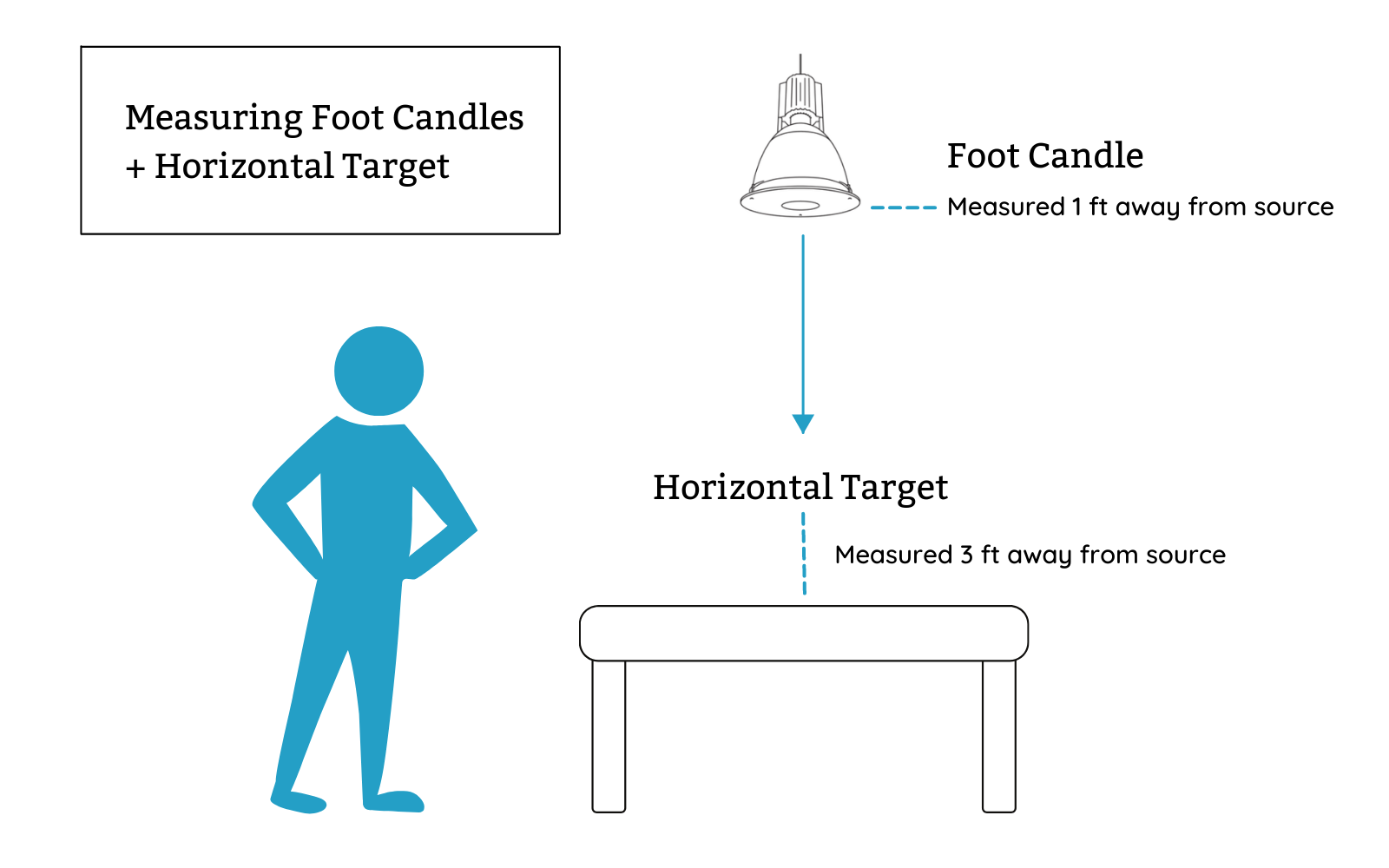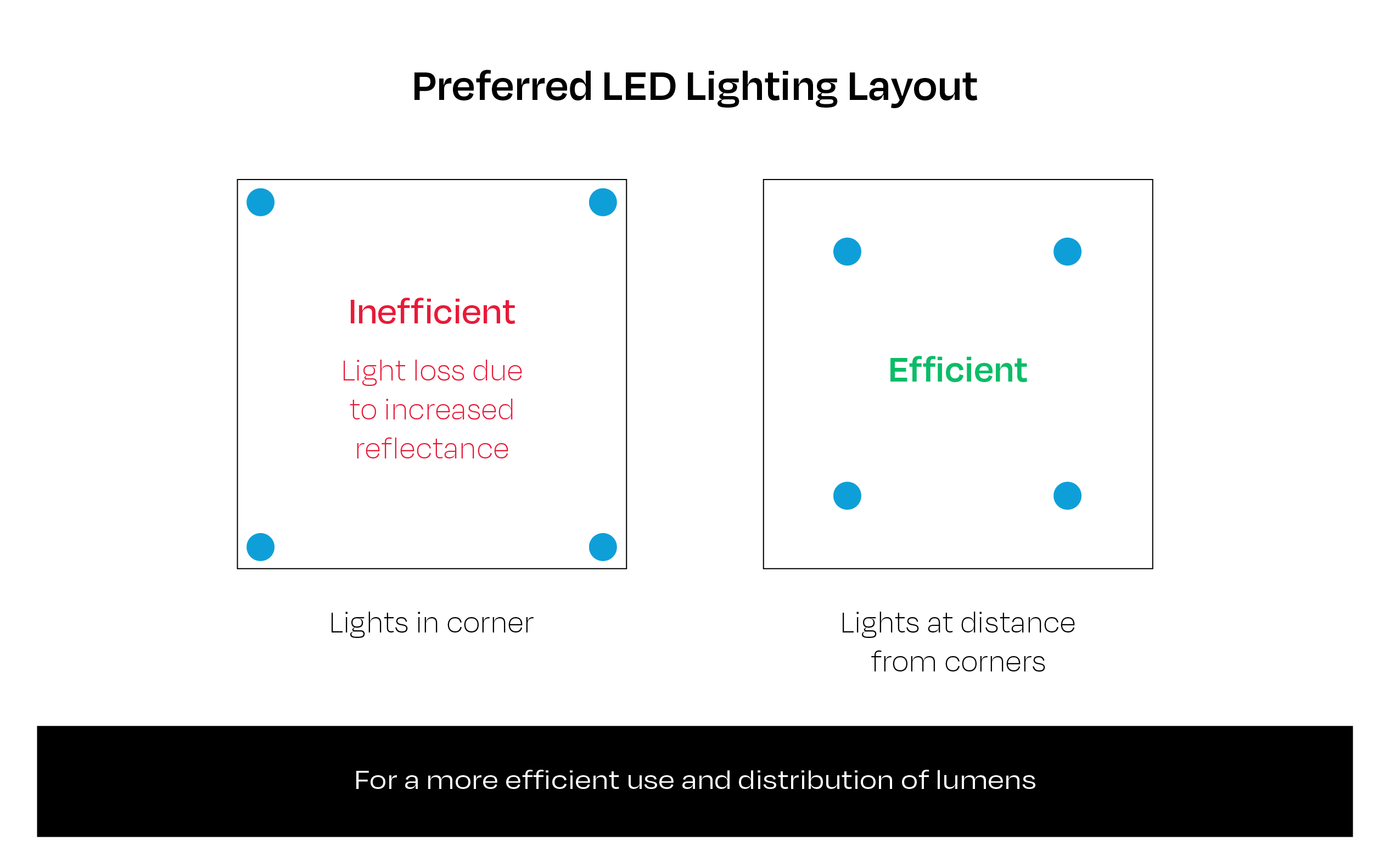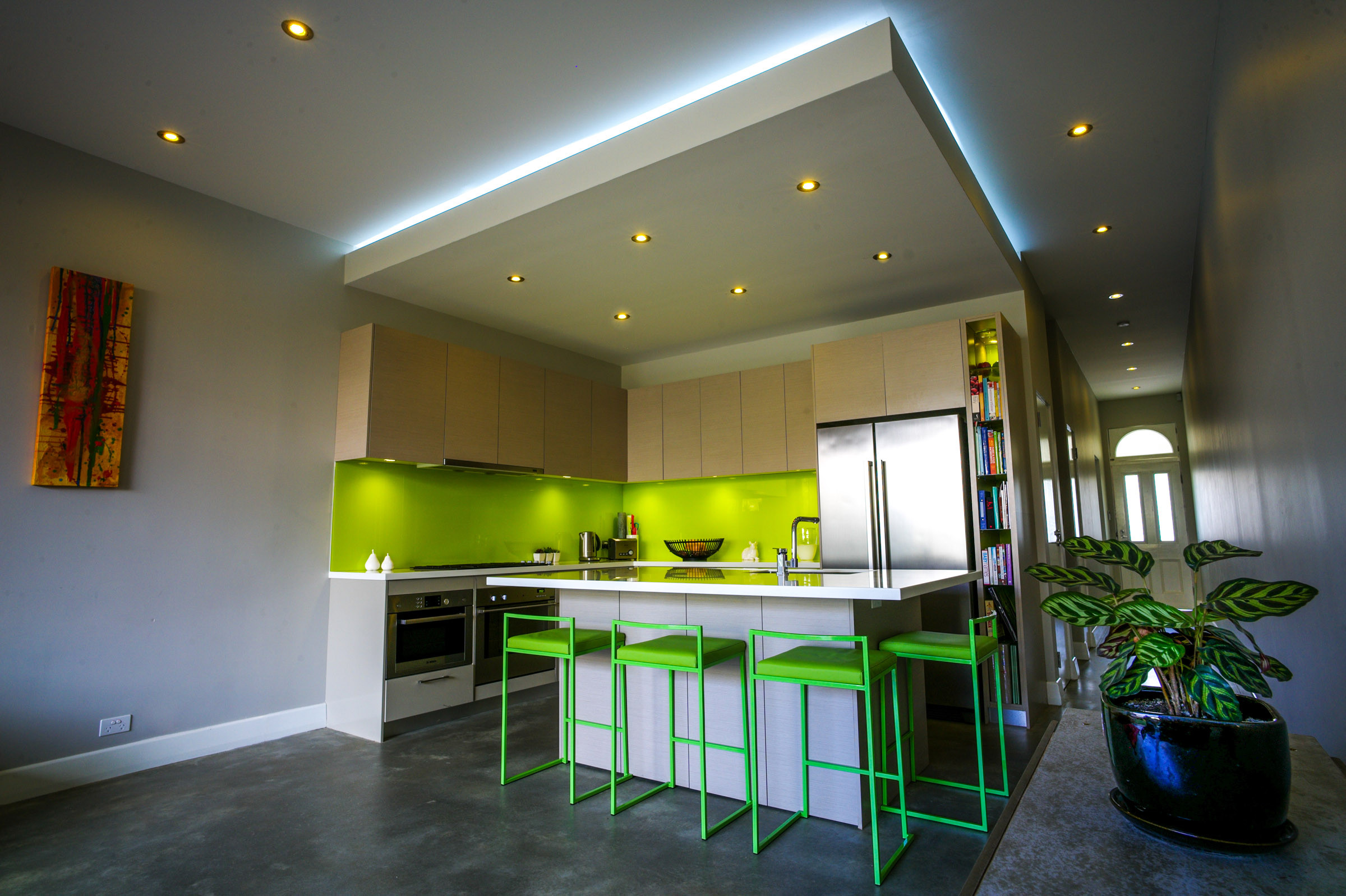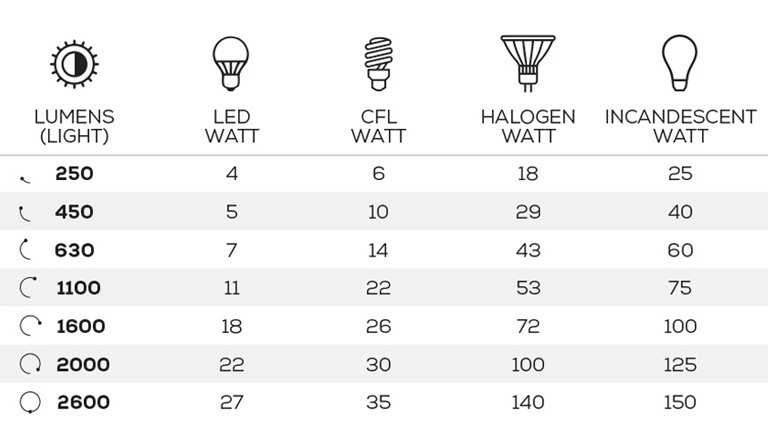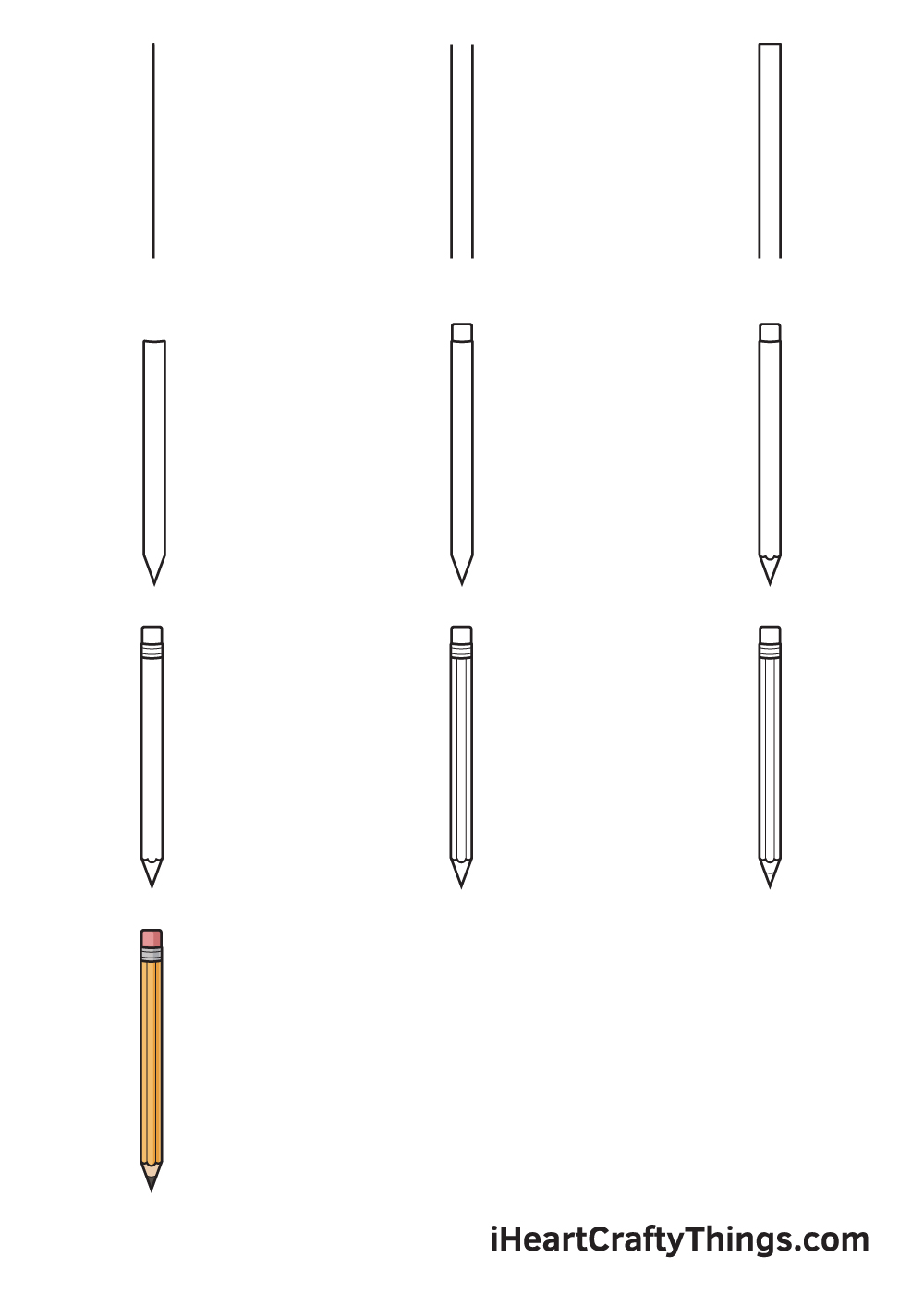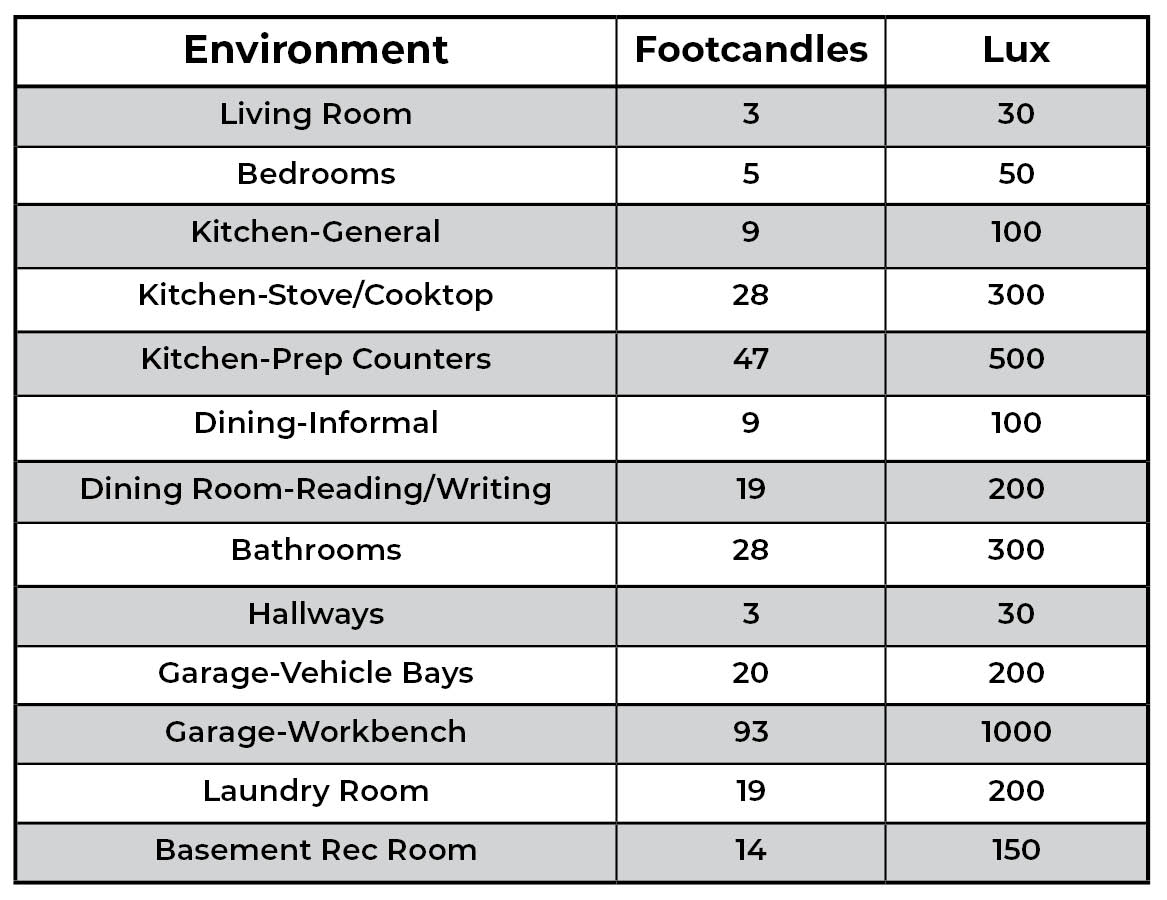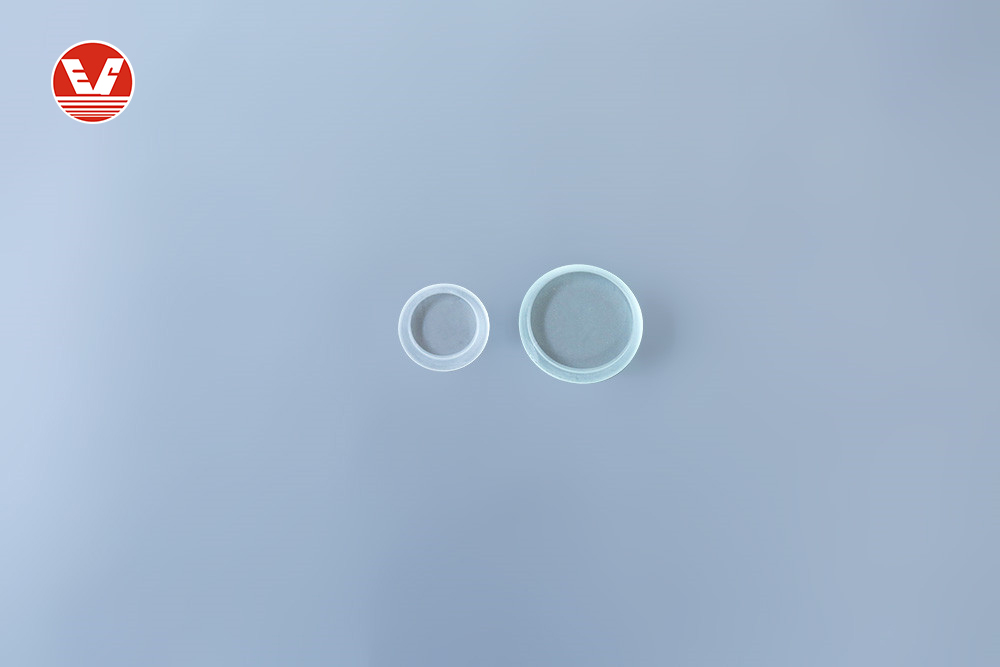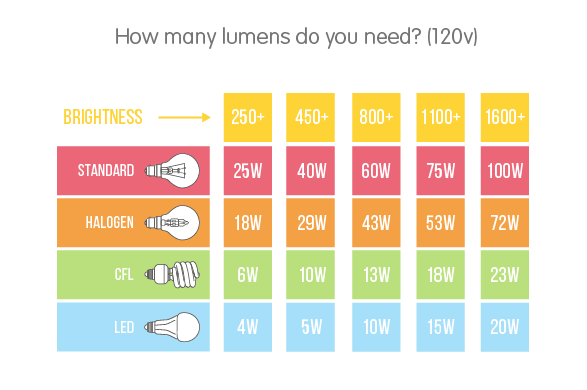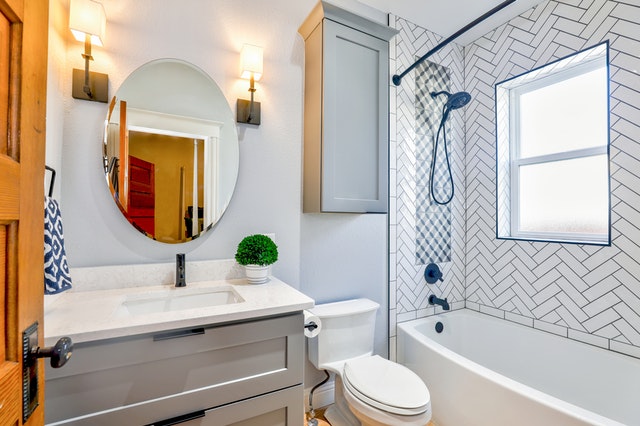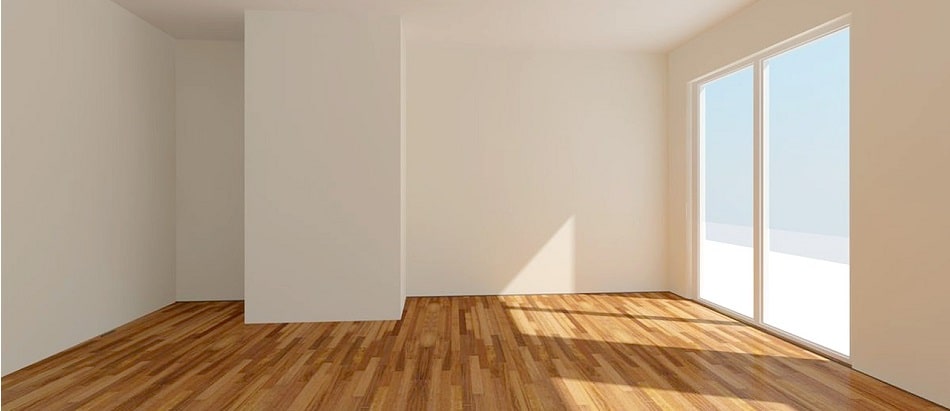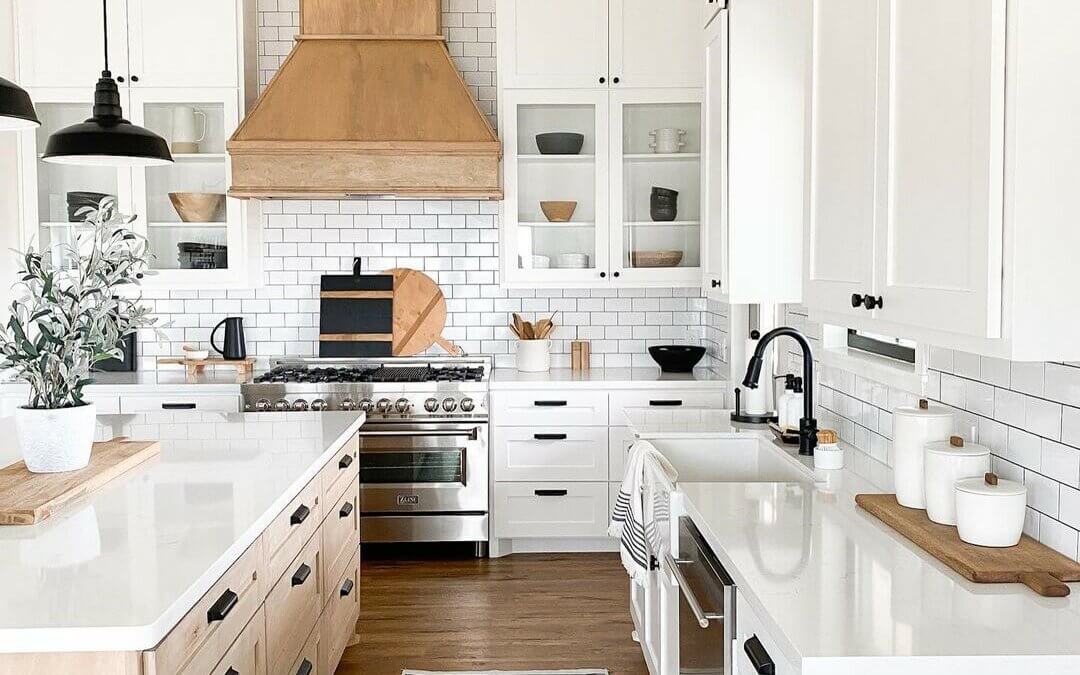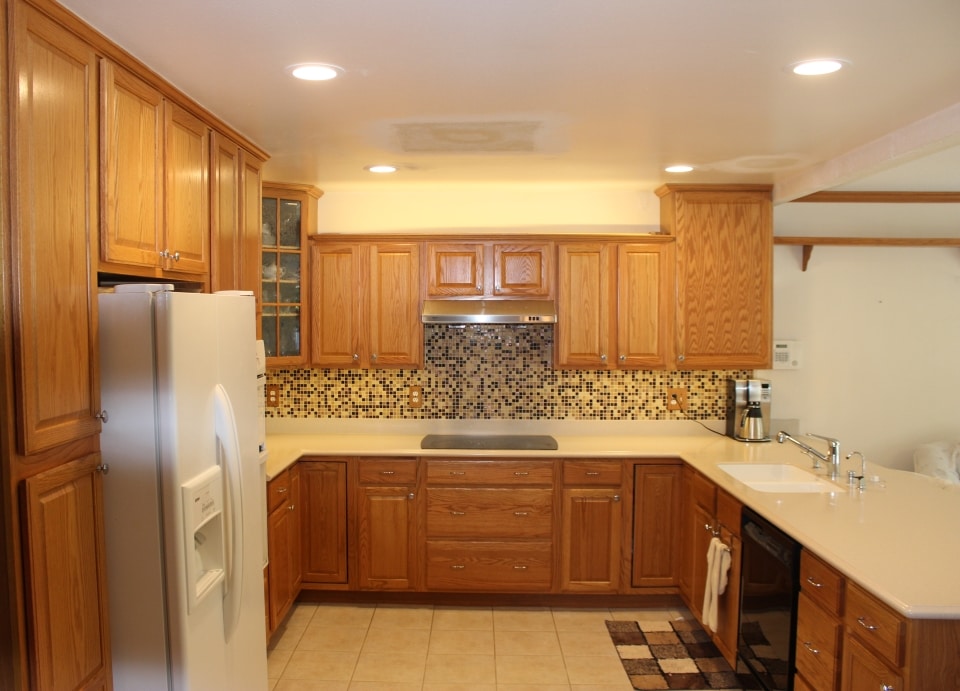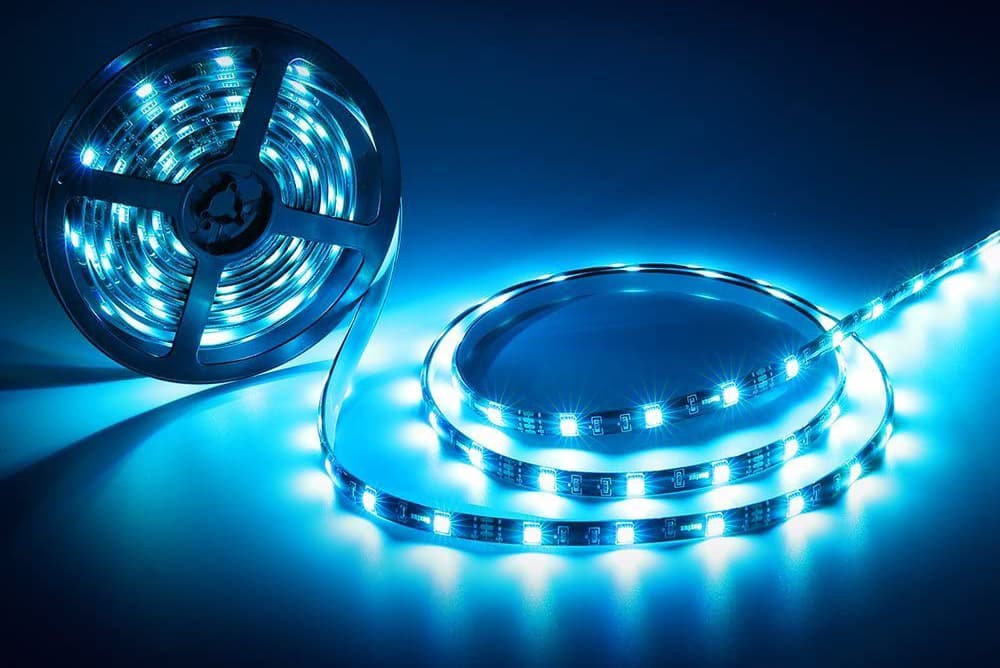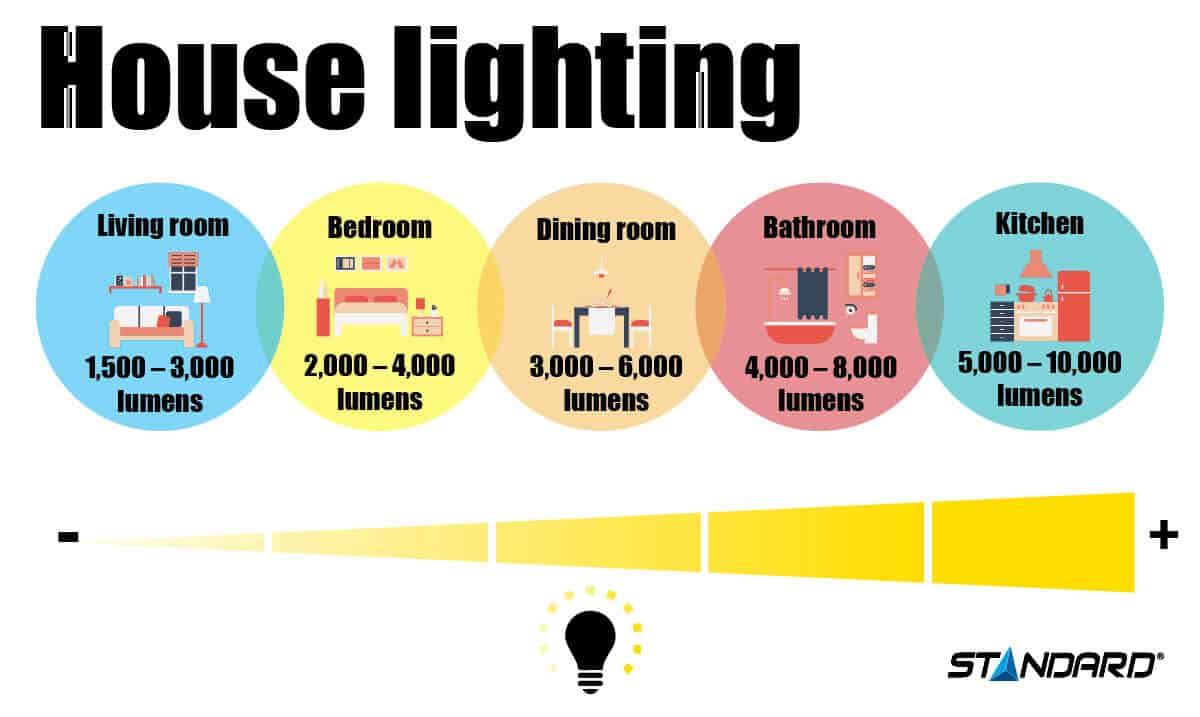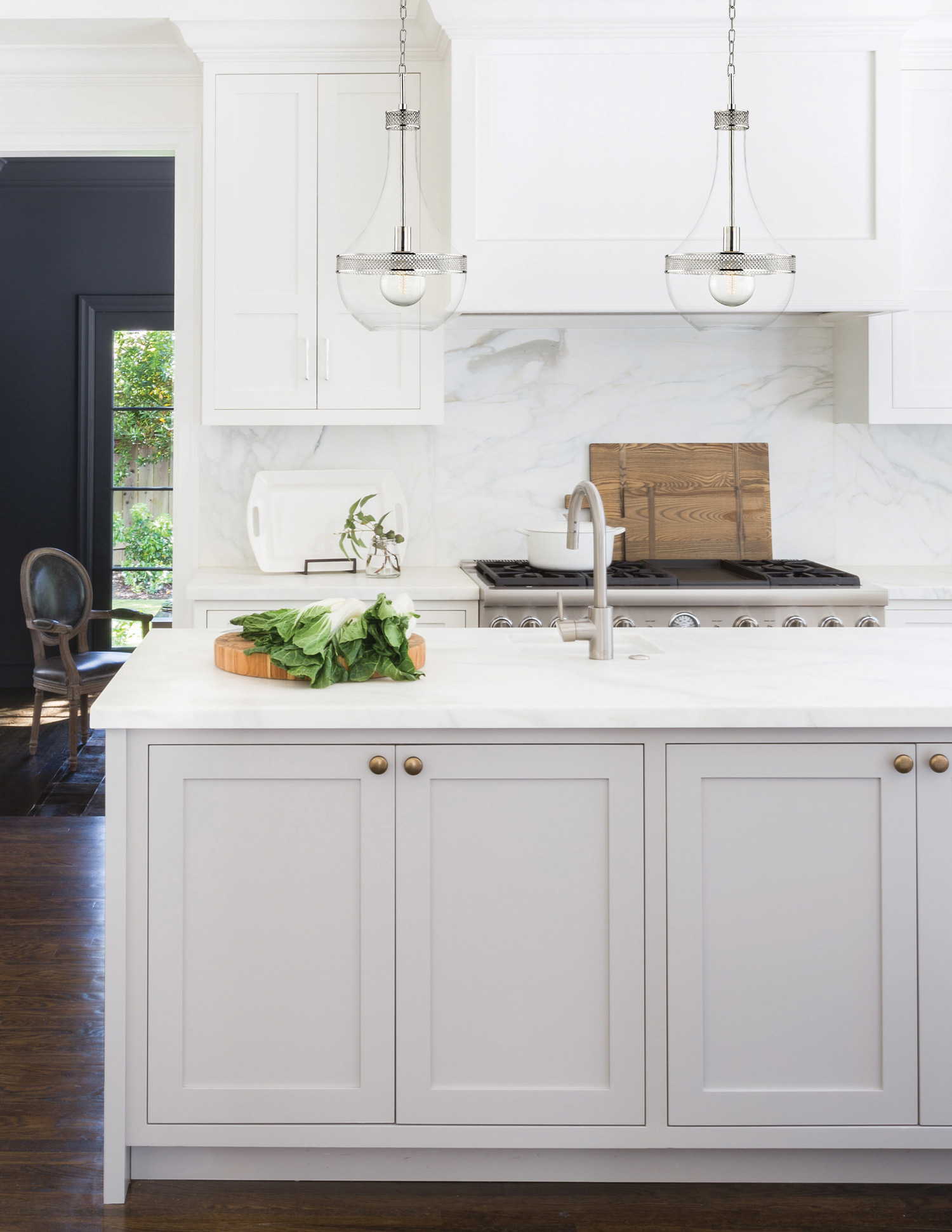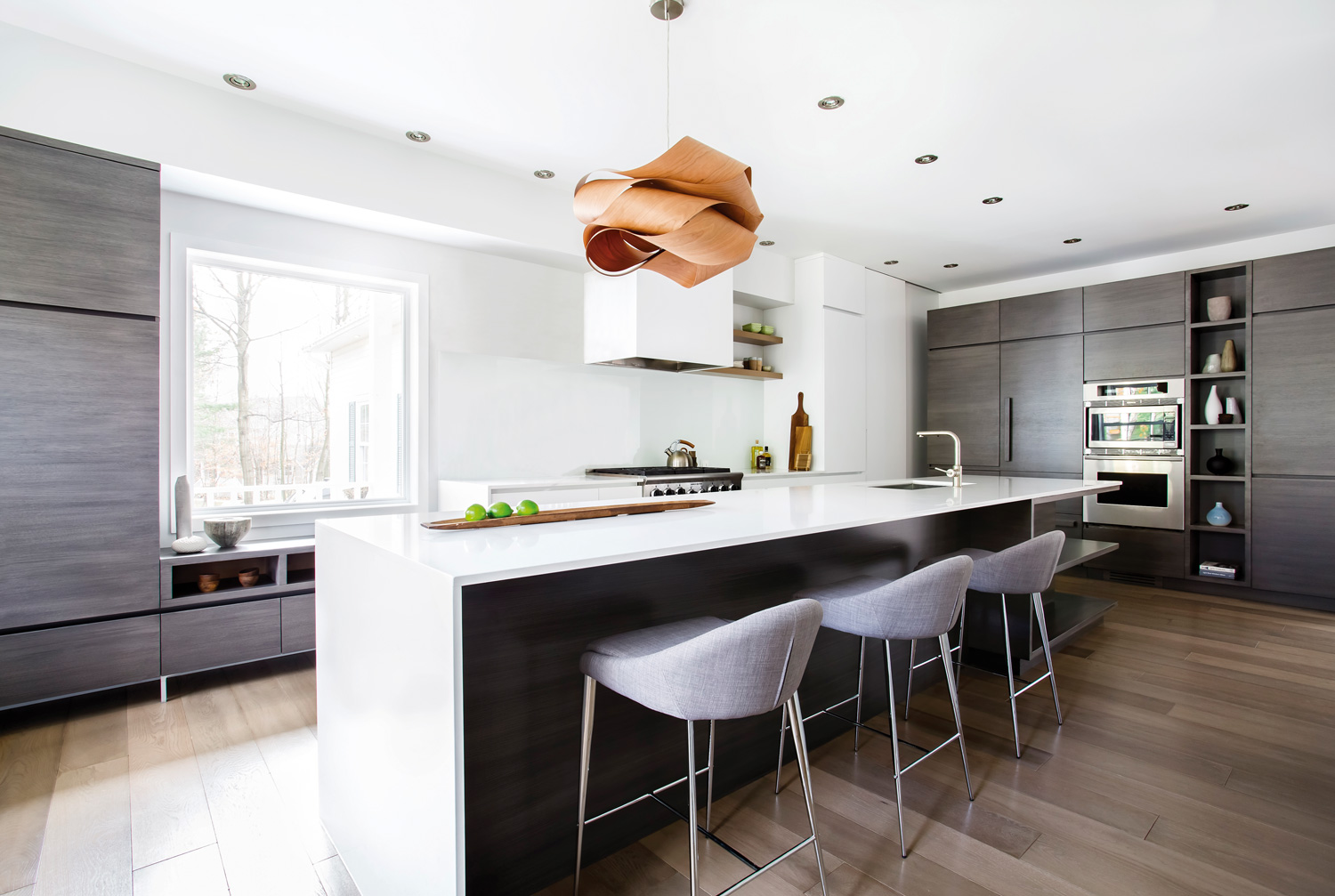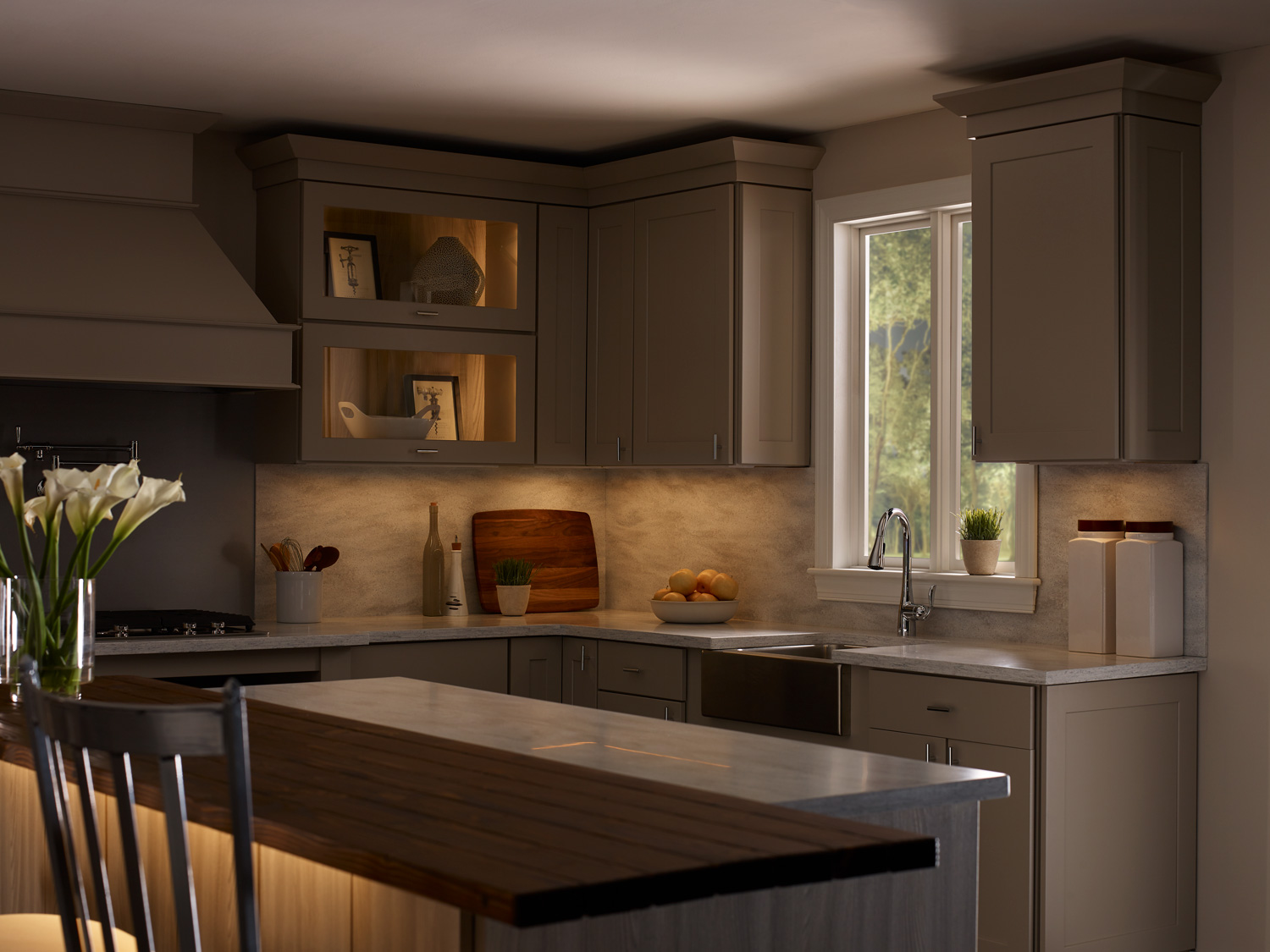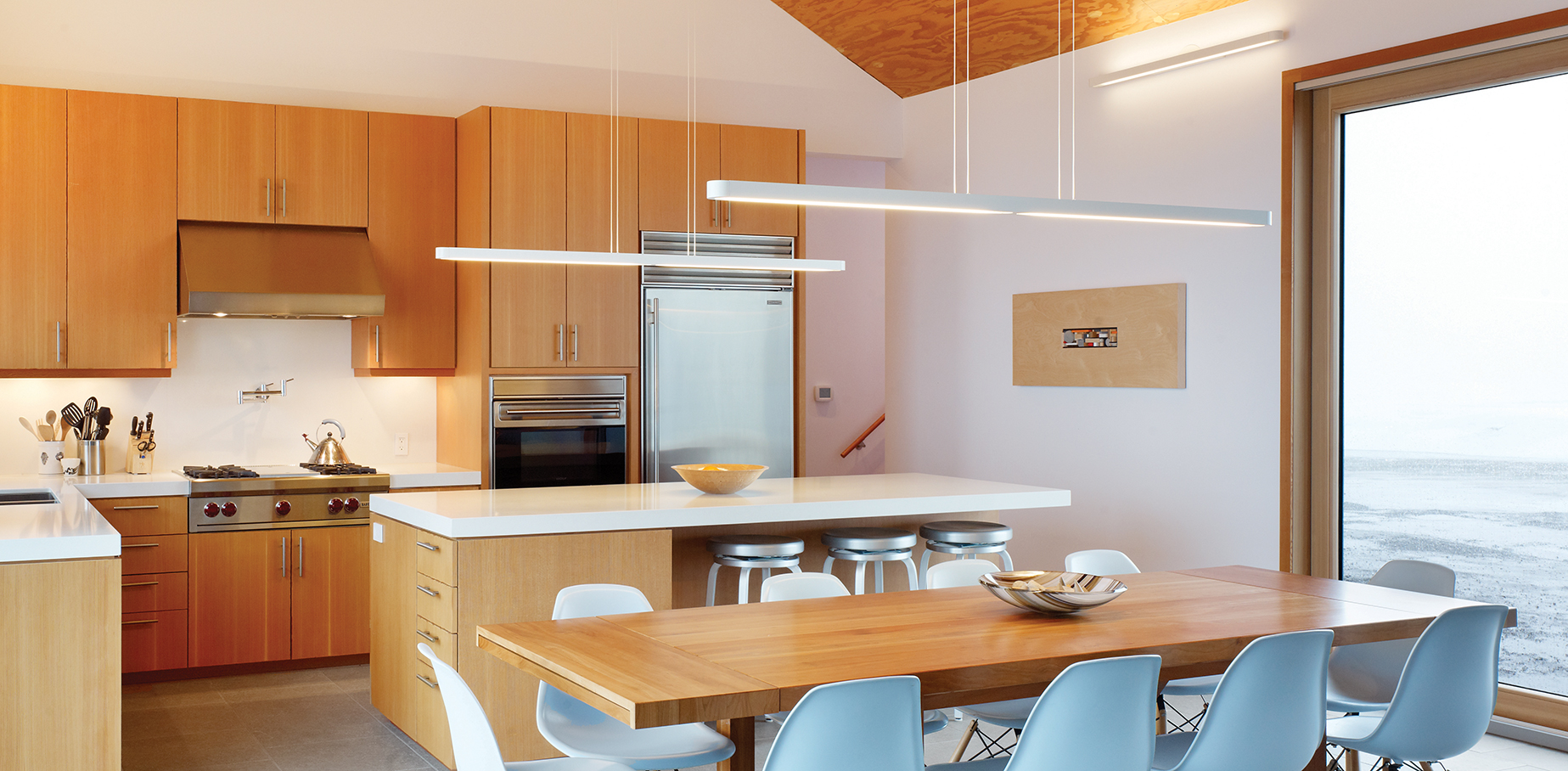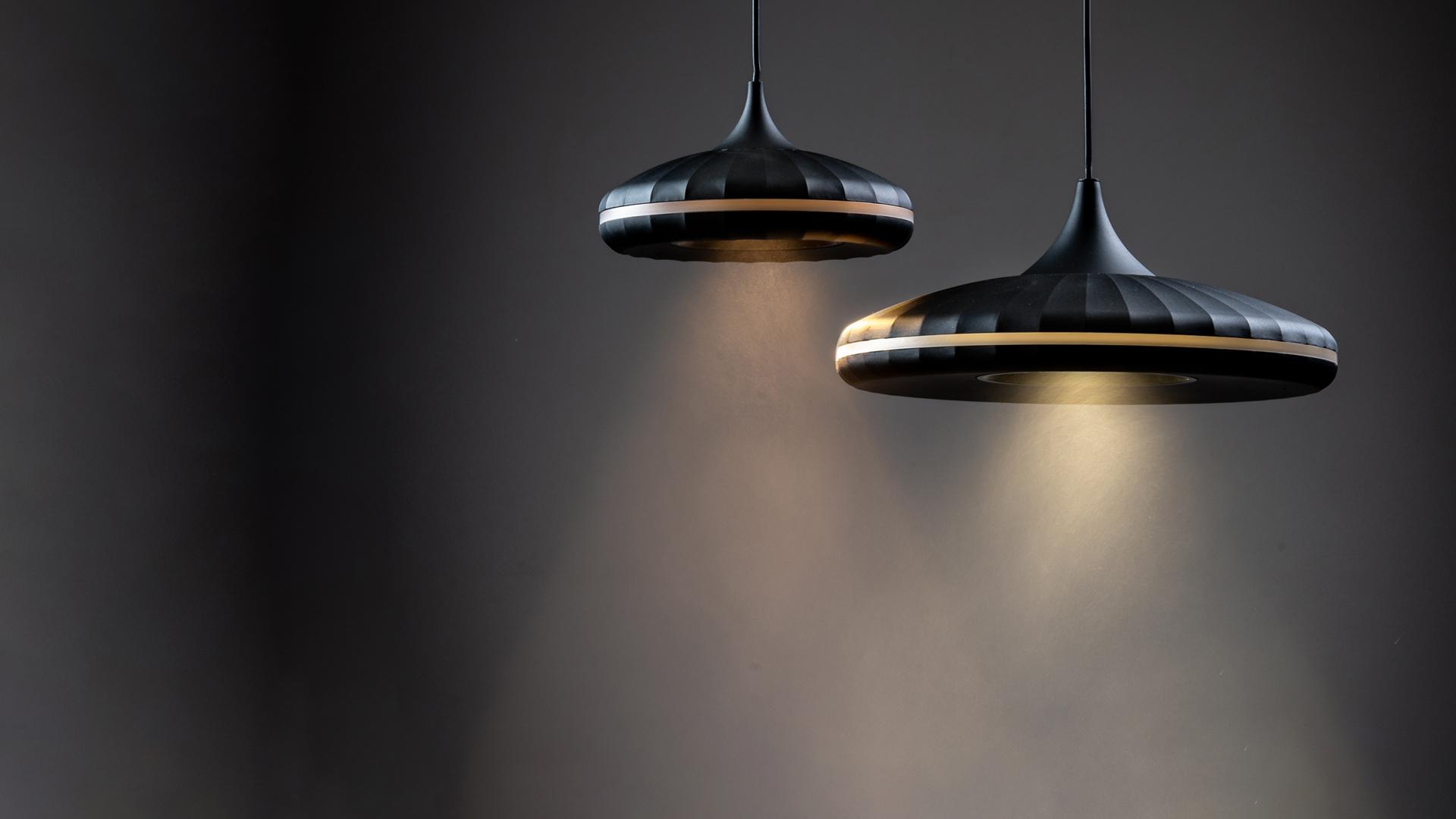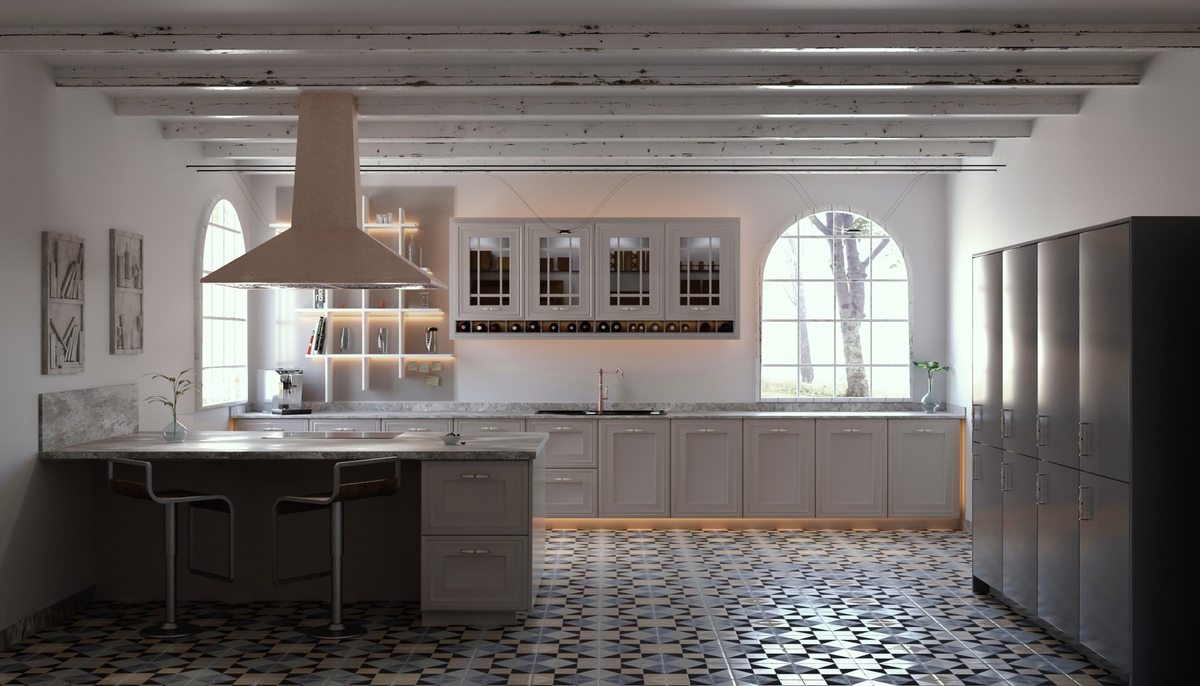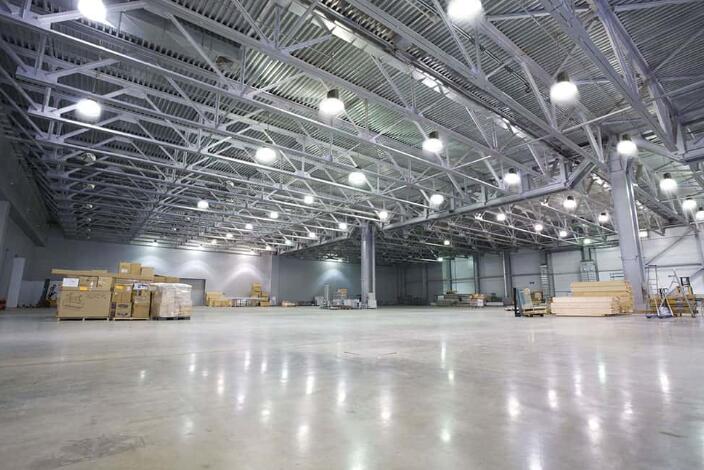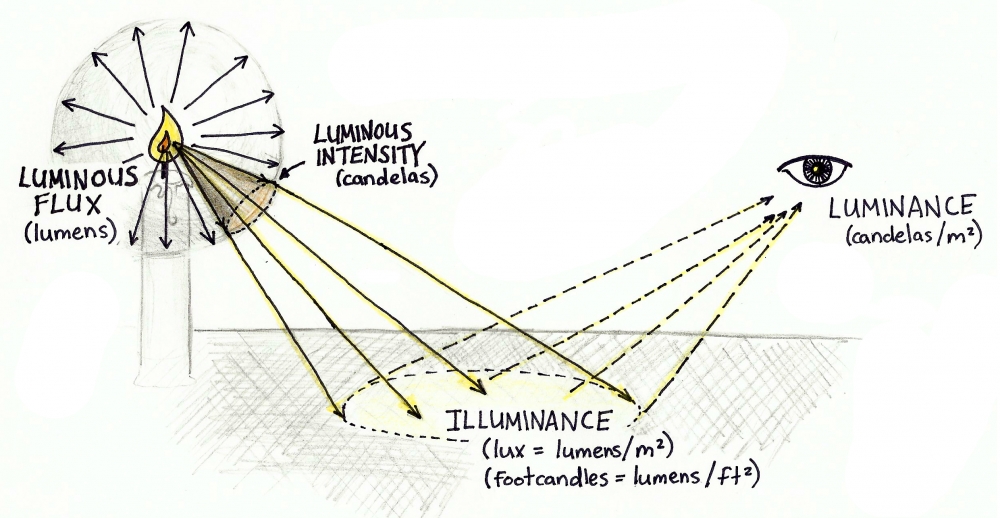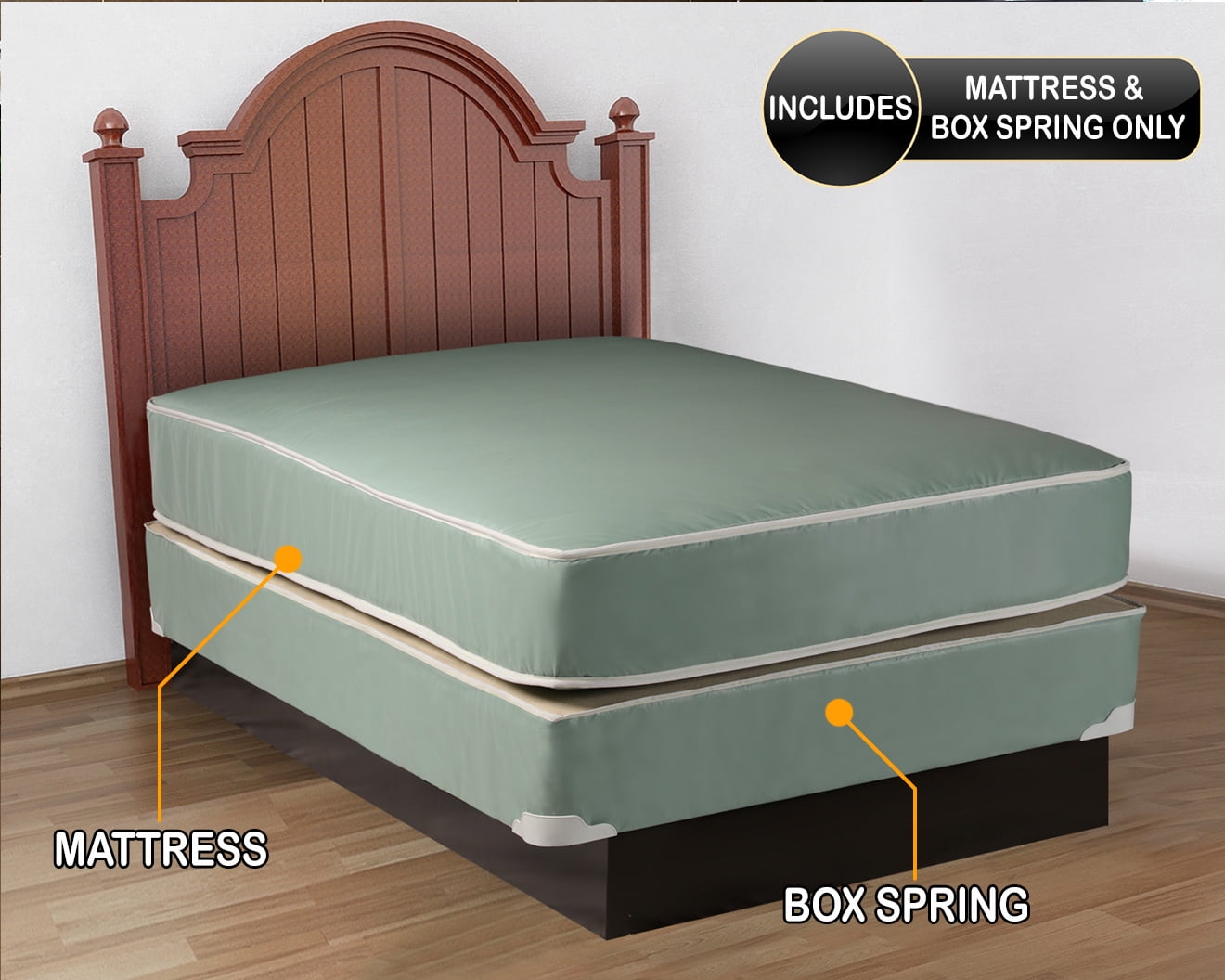How to Calculate Lumens for Kitchen Lighting
When it comes to choosing the right kitchen lighting, lumens play a crucial role. Lumens are a unit of measurement that indicates the brightness of a light source. Understanding how to calculate lumens for your kitchen lighting is essential in creating a well-lit and functional space. In this guide, we will walk you through the steps of calculating lumens for your kitchen lighting.
How to Determine the Right Lumens for Your Kitchen Ceiling Lights
The first step in calculating lumens for your kitchen lighting is to determine the right number of lumens for your ceiling lights. This will depend on the size of your kitchen and the type of lighting you prefer. A general rule of thumb is to have 20-30 lumens per square foot of kitchen space. For example, if your kitchen is 200 square feet, you will need 4,000-6,000 lumens. Keep in mind that this is just a guideline and the number of lumens may vary depending on personal preference and the layout of your kitchen.
Calculating Lumens for Kitchen Lighting: A Step-by-Step Guide
Now that you have an idea of how many lumens you need for your kitchen ceiling lights, it's time to calculate the exact number. Here's a step-by-step guide to help you:
Step 1: Measure the length and width of your kitchen in feet.
Step 2: Multiply the length by the width to get the total square footage of your kitchen.
Step 3: Multiply the square footage by 20-30 lumens (depending on your preference) to get the total number of lumens needed for your kitchen.
Step 4: Divide the total number of lumens by the number of lights you plan to have in your kitchen. This will give you the number of lumens needed per light.
Understanding Lumens: How Many Do You Need for Kitchen Lighting?
Lumens are not the same as watts, which is a unit of measurement for energy. In the past, people used watts to determine the brightness of a light bulb. However, with the introduction of energy-efficient LED bulbs, using watts is no longer an accurate way to measure brightness. This is where lumens come in. To give you a better idea, a 60-watt incandescent bulb produces around 800 lumens, while a 10-watt LED bulb produces the same amount of light. When it comes to kitchen lighting, it's important to prioritize lumens over watts to ensure you have sufficient brightness in your space.
Choosing the Right Lumens for Your Kitchen Ceiling Lights
Now that you know how to calculate lumens for your kitchen lighting, it's time to choose the right type of light for your space. There are several options to consider, including recessed lighting, pendant lights, and track lighting. Each type of lighting will have a different lumen output, so it's essential to do your research and choose the one that will best suit your needs.
Calculating Lumens for Kitchen Lighting: Tips and Tricks
Here are some additional tips and tricks to keep in mind when calculating lumens for your kitchen lighting:
Tip 1: Take into consideration the color temperature of the light. The higher the temperature (measured in Kelvin), the cooler and bluer the light will be. For kitchen lighting, a color temperature of 2700-3500K is recommended for a warm and inviting atmosphere.
Tip 2: Use a mix of different types of lighting to create layers and enhance the overall ambiance in your kitchen.
Tip 3: Consider the placement of your lights. For example, if you have a kitchen island, you may want to install pendant lights above it for task lighting.
How to Measure Lumens for Your Kitchen Ceiling Lights
Measuring lumens for your kitchen ceiling lights can be done with a light meter, which is a device that measures the amount of light in a given area. However, if you don't have access to a light meter, you can estimate the lumens based on the wattage of the bulb. As mentioned earlier, an 800-lumen bulb is equivalent to a 60-watt incandescent bulb or a 10-watt LED bulb.
Calculating Lumens for Kitchen Lighting: Common Mistakes to Avoid
When it comes to calculating lumens for your kitchen lighting, there are a few common mistakes that you should avoid:
Mistake 1: Only relying on one type of lighting. As mentioned earlier, it's important to have a mix of different types of lighting to create layers and enhance the overall atmosphere in your kitchen.
Mistake 2: Not considering the color temperature of the light. Choosing the wrong color temperature can result in a harsh or uninviting atmosphere in your kitchen.
Mistake 3: Not taking into account the size and layout of your kitchen. The number of lumens needed may vary depending on the size and layout of your kitchen.
Maximizing Lumens: How to Get the Most Out of Your Kitchen Lighting
To get the most out of your kitchen lighting, here are a few tips to keep in mind:
Tip 1: Use dimmer switches to adjust the brightness of your lights according to the time of day or the task at hand.
Tip 2: Keep your lights clean and dust-free to ensure maximum brightness.
Tip 3: Consider adding under-cabinet lighting to brighten up your workspace and add a touch of ambiance to your kitchen.
Calculating Lumens for Kitchen Lighting: Factors to Consider
Lastly, when calculating lumens for your kitchen lighting, there are a few factors to consider:
Factor 1: The size and layout of your kitchen.
Factor 2: The type of lighting you prefer.
Factor 3: The color temperature of the light.
Factor 4: The placement of your lights.
Factor 5: The use of dimmer switches and additional lighting features.
By taking all of these factors into consideration and following the steps outlined in this guide, you can easily calculate the right number of lumens for your kitchen lighting and create a bright and inviting space for all your cooking and entertaining needs.
Why Proper Kitchen Lighting is Essential for Your Home Design

The Importance of Good Lighting in Home Design
 When designing or renovating your home, it's easy to get caught up in choosing the right furniture, paint colors, and decor. However, one aspect that is often overlooked but crucial to a well-designed home is lighting. Proper lighting not only enhances the overall aesthetic of your home, but it also serves a functional purpose in creating a comfortable and inviting space. This is especially true for the kitchen, which is considered the heart of the home.
Kitchen Lighting Ceiling Lumens
When it comes to the kitchen, proper ceiling lighting is essential for both practical and aesthetic reasons. The kitchen is where we prepare and cook food, making it important to have enough light to see what we're doing. But it's also a space where we gather with family and friends, making it important to have the right ambiance for socializing and entertaining.
Calculating the Right Lumens for Your Kitchen
When it comes to choosing the right kitchen ceiling lights, lumens are an important factor to consider. Lumens refer to the amount of light a bulb emits, while watts refer to the amount of energy the bulb uses. When calculating the lumens needed for your kitchen, you should consider the size of the space, the height of the ceiling, and the type of lighting you prefer.
As a general rule, for a standard 8-foot ceiling, you'll need around 30 lumens per square foot. So, for a 100 square foot kitchen, you would need 3,000 lumens. However, if you have a higher ceiling or prefer brighter lighting, you may need to increase the lumens accordingly.
The Benefits of Proper Kitchen Lighting
Having the right amount of light in your kitchen not only makes the space more functional, but it also has numerous other benefits. Adequate lighting can make your kitchen appear larger and more inviting, as well as improve the overall ambiance and mood. It can also make cooking and food preparation easier and safer, reducing the risk of accidents.
In addition, proper kitchen lighting can also enhance the design of your space. With the right fixtures and placement, you can highlight certain areas of your kitchen, such as a beautiful backsplash or a statement island. You can also use lighting to create a focal point or add a touch of personality to your kitchen.
In Conclusion
When it comes to designing your home, lighting is not something to be overlooked. In fact, it should be one of the first things you consider to ensure the overall functionality and aesthetic of your space. In the kitchen, proper ceiling lighting is crucial for both practical and design purposes. By calculating the right lumens for your space and choosing the right fixtures, you can create a beautiful and functional kitchen that will be the heart of your home.
When designing or renovating your home, it's easy to get caught up in choosing the right furniture, paint colors, and decor. However, one aspect that is often overlooked but crucial to a well-designed home is lighting. Proper lighting not only enhances the overall aesthetic of your home, but it also serves a functional purpose in creating a comfortable and inviting space. This is especially true for the kitchen, which is considered the heart of the home.
Kitchen Lighting Ceiling Lumens
When it comes to the kitchen, proper ceiling lighting is essential for both practical and aesthetic reasons. The kitchen is where we prepare and cook food, making it important to have enough light to see what we're doing. But it's also a space where we gather with family and friends, making it important to have the right ambiance for socializing and entertaining.
Calculating the Right Lumens for Your Kitchen
When it comes to choosing the right kitchen ceiling lights, lumens are an important factor to consider. Lumens refer to the amount of light a bulb emits, while watts refer to the amount of energy the bulb uses. When calculating the lumens needed for your kitchen, you should consider the size of the space, the height of the ceiling, and the type of lighting you prefer.
As a general rule, for a standard 8-foot ceiling, you'll need around 30 lumens per square foot. So, for a 100 square foot kitchen, you would need 3,000 lumens. However, if you have a higher ceiling or prefer brighter lighting, you may need to increase the lumens accordingly.
The Benefits of Proper Kitchen Lighting
Having the right amount of light in your kitchen not only makes the space more functional, but it also has numerous other benefits. Adequate lighting can make your kitchen appear larger and more inviting, as well as improve the overall ambiance and mood. It can also make cooking and food preparation easier and safer, reducing the risk of accidents.
In addition, proper kitchen lighting can also enhance the design of your space. With the right fixtures and placement, you can highlight certain areas of your kitchen, such as a beautiful backsplash or a statement island. You can also use lighting to create a focal point or add a touch of personality to your kitchen.
In Conclusion
When it comes to designing your home, lighting is not something to be overlooked. In fact, it should be one of the first things you consider to ensure the overall functionality and aesthetic of your space. In the kitchen, proper ceiling lighting is crucial for both practical and design purposes. By calculating the right lumens for your space and choosing the right fixtures, you can create a beautiful and functional kitchen that will be the heart of your home.





